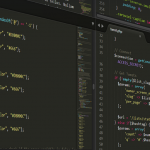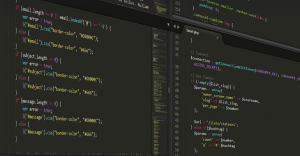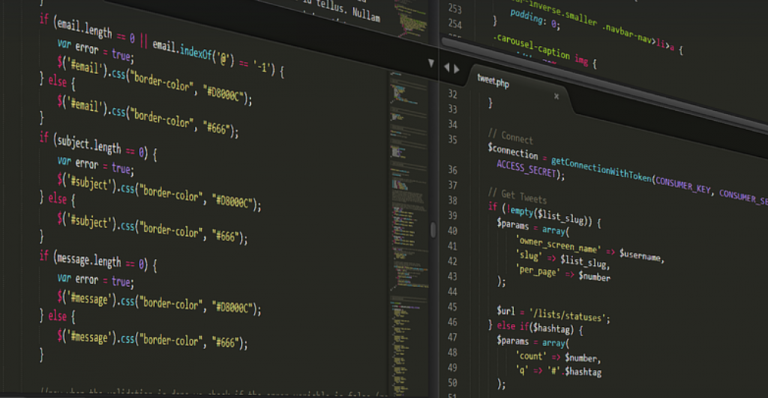Deciphering Politics Through Data: A Crash Course on Research Design
Welcome to the fascinating world of political science research, where we seek to understand the complex landscape of power, influence, and human behavior. At its core lies a cornerstone concept: research design. It’s not just about finding answers; it’s about designing thoughtful investigations that lead us closer to those answers in a truly insightful way.
Imagine you have a burning question about how social media influences political discourse. You could simply ask your friends and family their opinions, but wouldn’t the answer be a bit skewed? Research design is all about creating a structured framework for gathering data that allows us to make meaningful observations and draw accurate conclusions.
A robust research design provides a roadmap for researchers, guiding them through the entire process. It dictates how we collect information, analyze it, and interpret results. Think of it like baking a cake: you need a recipe with exact measurements and steps, right? Similarly, a solid research design ensures your political science exploration is on track.
Why Research Design Matters
Research design isn’t just about following a set of rules; it’s about achieving deeper understanding. It plays a critical role in ensuring the quality and validity of political science research. Here’s why:
- Clarity and Focus: A defined research question, research design, and hypothesis helps you stay focused on what matters most.
- Objective Data Collection: A well-structured plan ensures that your data is collected in a clear, unbiased way, minimizing the potential for distortion or error.
- Data Credibility and Validity: Using sound methods to analyze your data strengthens the validity of your findings, ensuring they are reliable and can be trusted more easily.
- Generalizability and Transferability: A well-designed study aims to explore a specific context or phenomenon but allows for potential generalization of findings in similar scenarios.
- Comparative Analysis: Research design enables you to compare data, allowing for nuanced analyses of political systems, behaviors, and trends.
The Building Blocks of a Good Research Design
Creating a rock-solid research design requires careful consideration of several key elements.
- Defining the Research Question: First things first – what do you want to investigate? A well-defined question acts as your compass throughout the entire research journey. It guides your approach and ensures that your findings are relevant and meaningful.
- Identifying a Theoretical Framework: Theories provide us with the intellectual tools to understand complex phenomena. They offer frameworks for analyzing data and drawing insights.
- Selecting Research Methods: Are you going to use quantitative methods (numbers and statistics) or qualitative methods (in-depth interviews, focus groups)? The method you choose will influence how you collect, analyze, and interpret your data.
- Defining the Scope of the Study: Your research project might be focused on a specific country, a particular political party, or even a specific event. Defining your scope helps to keep things manageable and ensures that your findings are relevant to your chosen area of study.
The Core Components of Research Design
Think of research design as having several key ingredients:
- Research Question: This is the heart of your project. Ask yourself, “What do I want to investigate?”
- Hypothesis: A hypothesis is a tentative statement that proposes a relationship between variables. It helps you test your research question and make predictions.
- Variables: These are the concepts you plan to examine. For example, in the social media example above, you might need to consider variables like age, political leaning, frequency of use, and type of content consumed.
- Research Methods: These determine how your data will be collected. You can choose from quantitative (surveys, experiments), qualitative (interviews, focus groups), or mixed methods approaches.
- Sample Selection: Who do you want to study? How will you select participants to represent your population of interest?
- Data Analysis: How will you analyze the collected data? Will you use statistical analysis, thematic coding, or qualitative methods like content analysis?
- Ethical Considerations: It’s crucial to consider ethical implications and participant well-being. Ensure your study adheres to ethical guidelines for research.
The Evolution of Research Design in Political Science
Research design has been constantly evolving, especially with the advent of digital technologies and the increasing availability of data.
We’re now using social media platforms to gather data about political behavior. We have online surveys and virtual focus groups that allow for unprecedented access to information. These innovations are changing the landscape of political science research, forcing us to rethink how we collect and analyze information.
Key Considerations: The Human Factor
While research design is crucial, it isn’t everything! Political scientists also need to consider the human element when designing their research. What are the different types of biases that could influence their study? Is there a way to ensure the data is accurately collected and interpreted?
For example, political scientists must be aware of potential influences from personal opinions or pre-conceived notions about certain political figures or events. They need to take steps to mitigate these biases, ensuring that their research remains objective and unbiased.















